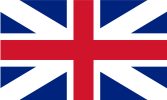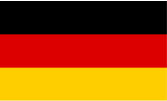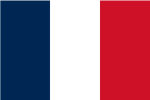4
Feb
Light and insects: Suitable lamps protect the natural rhythm of life
Artificial light attracts insects. For nocturnal animals, whose way of life is adapted to darkness, there is therefore a risk that artificial light will disrupt their natural rhythm of life.
. Orange-red components reduce insect attraction.
Light with a predominant yellow/orange and red component reduces insect approach. This is because insect eyes have a different spectral sensitivity than the human eye. Insects are more sensitive to the spectral composition of light from fluorescent lamps and high-pressure mercury lamps. They also perceive the dim moonlight, which insects presumably use for orientation, as significantly brighter than humans.
The light from high-pressure sodium lamps, on the other hand, appears darker to them. This is because they are almost insensitive to yellow-orange and red spectral components in the light; insect approach is reduced by the use of these lamps.
The state of scientific knowledge on this subject has been summarized by the Deutsche Lichttechnische Gesellschaft e.V. (LiTG) in its publication \"Zur Einwirkung von Außenbeleuchtungsanlagen auf nachtaktive Insekten\".
. Orange-red components reduce insect attraction.
Light with a predominant yellow/orange and red component reduces insect approach. This is because insect eyes have a different spectral sensitivity than the human eye. Insects are more sensitive to the spectral composition of light from fluorescent lamps and high-pressure mercury lamps. They also perceive the dim moonlight, which insects presumably use for orientation, as significantly brighter than humans.
The light from high-pressure sodium lamps, on the other hand, appears darker to them. This is because they are almost insensitive to yellow-orange and red spectral components in the light; insect approach is reduced by the use of these lamps.
The state of scientific knowledge on this subject has been summarized by the Deutsche Lichttechnische Gesellschaft e.V. (LiTG) in its publication \"Zur Einwirkung von Außenbeleuchtungsanlagen auf nachtaktive Insekten\".







